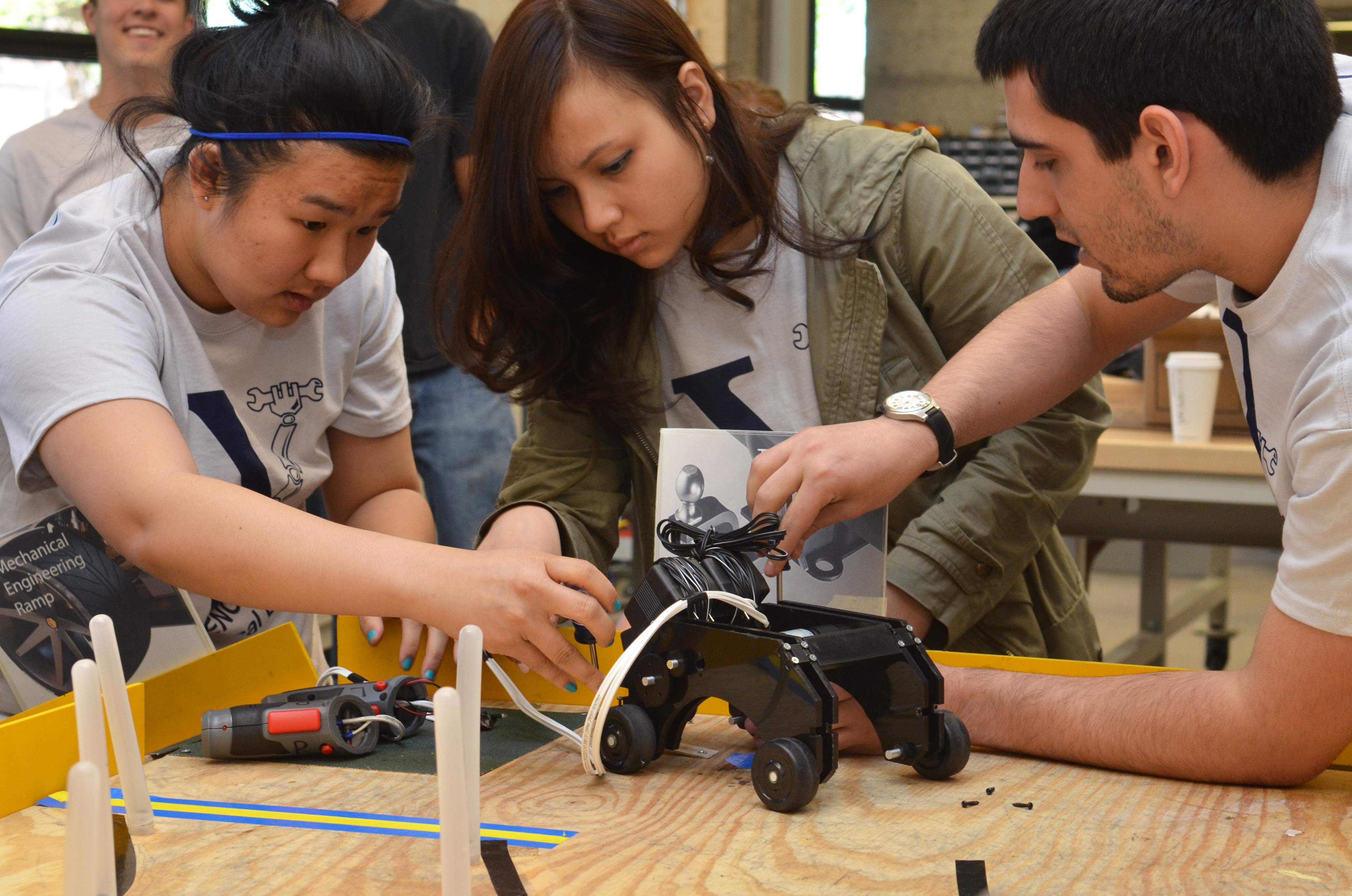What are Formative and Summative Assessments?
Assessments are evaluative assignments that allow instructors and students to monitor progress towards achieving course learning objectives.
There are two main types of assessments. Formative assessments are employed while learning is ongoing to collect information on whether course objectives are being advanced and how teaching can be improved. Formative assessments often aim to identify strengths, challenges, and misconceptions and evaluate how to close those gaps. They may involve students assessing themselves, peers, or even the instructor through writing, quizzes, conversation, and more. By measuring student understanding throughout a course, formative assessments enable students to reflect on how they can improve their own learning.
In contrast, summative assessments are used by instructors to evaluate student learning, knowledge, proficiency, or success at the conclusion of an instructional period, such as a unit, course, or program. Summative assessments are almost always formally graded and often heavily weighted, though they do not need to be. They often take the form of exams, papers, presentations, or final projects. These assessments aim to “sum up” student learning through measurable outcomes (Maki, 2002).
Formative and summative assessments are very effective when used in conjunction, and instructors can consider a variety of ways to combine these approaches.
Benefits
Formative and summative assessments can both be beneficial to advancing student learning. Formative assessments improve student learning by allowing teachers to better understand students’ misconceptions and areas of difficulty (Bakula, 2010). They can also bolster students’ motivation to learn, their metacognition, as well as their performance on summative assessments such as exams (Trumbull and Lash, 2013; McLaughlin & Yan, 2017; King, 2023).
Though final exam period is often stressful for students, summative assessments can be effective in promoting learning when designed carefully. Assessments that test students’ ability to apply skills and course material as opposed to rote memorization allow for a more holistic evaluation of understanding and performance (Ali, 2024).

